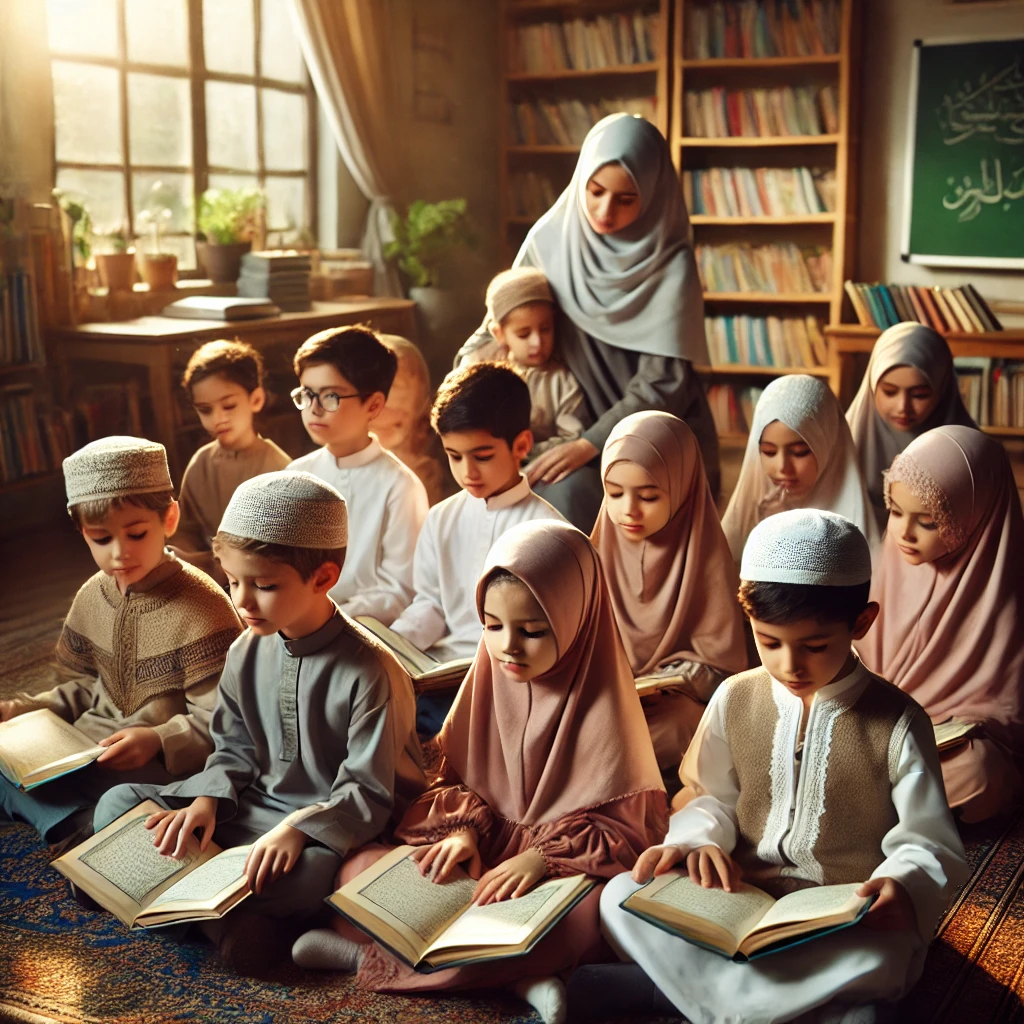UNESCO Report Warns of Rising Crisis in Boys’ Education Globally
At the primary level, it remains true that girls face more severe barriers to education—often due to cultural norms, safety concerns, and early marriage.

A new global report by UNESCO titled "Leave No Child Behind: Global Report on Boys’ Disengagement from Education" is shedding light on a silent but intensifying crisis in global education: the growing disengagement of boys, particularly at the secondary and tertiary levels. While much attention has justifiably been placed on the barriers faced by girls in accessing education, this new analysis underscores a parallel challenge—boys increasingly falling behind in schooling and learning outcomes, with long-term implications for equity, social cohesion, and economic development.
The Shift in Educational Disparities
At the primary level, it remains true that girls face more severe barriers to education—often due to cultural norms, safety concerns, and early marriage. However, UNESCO’s research reveals that boys experience growing educational disadvantages as they progress through the education system.
Globally, only 88 men are enrolled in tertiary education for every 100 women, a striking reversal from trends observed in previous decades. In 73 countries, fewer boys than girls are enrolled in upper-secondary education, compared to 48 countries where the opposite is true. This reversal is not an isolated phenomenon but reflects a global shift in educational dynamics driven by social, economic, and institutional challenges.
Regional Disparities in Tertiary Education
The report highlights particularly acute gender imbalances in higher education in developed and emerging economies:
-
North America & Western Europe: Only 81 young men per 100 women are enrolled in tertiary education.
-
Latin America & the Caribbean: Similar trend, with men increasingly underrepresented.
-
East Asia & the Pacific: 87 men per 100 women in tertiary enrolment.
-
Arab States and Central & Eastern Europe: 91 men per 100 women.
The one exception is sub-Saharan Africa, where men remain overrepresented in higher education, though even here the landscape is shifting as gender disparities fluctuate.
Poverty, Labour, and Legal Frameworks: Systemic Barriers
UNESCO’s data underscores a link between poverty, child labour, and boys’ educational exclusion. In 2020, 160 million children were engaged in child labour, and 97 million were boys—often forced to abandon school in favour of work. Structural weaknesses in legal protections further aggravate the problem:
-
Of 146 countries with relevant data, only 55 have a minimum age of employment that aligns with the end of compulsory education and is above age 15.
-
A full 31 percent of countries either have a minimum working age below 15 or do not clearly define one at all, leaving children vulnerable to exploitation.
Without proper legal protections, education is easily displaced by economic necessity, particularly for boys, who are often expected to contribute financially from a young age.
Early Warning Signs: Academic Underperformance
The disengagement doesn’t begin in adolescence. In 57 countries with data, 10-year-old boys consistently underperform in reading compared to girls. This trend persists and often widens during secondary education, particularly in:
-
East Asia and the Pacific
-
Latin America and the Caribbean
-
Arab States
This underperformance is not limited to reading; boys also show higher rates of grade repetition and school dropout in many contexts. Without targeted intervention, the learning gap only grows, culminating in lower tertiary enrolment and limited future opportunities.
Lack of Focused Interventions
Despite the seriousness of the issue, the UNESCO report notes a glaring absence of programmes specifically addressing boys’ disengagement from education. Educational policy and donor frameworks have, in many cases, not evolved to recognise and respond to this emerging imbalance.
“We cannot afford to overlook half of the student population. Both boys and girls must be supported equitably to reach their potential,” the report asserts.
Key Recommendations from UNESCO
UNESCO proposes a set of strategic, evidence-based actions to reverse these trends and ensure inclusive education systems:
-
Identify and respond to warning signs early, especially in literacy and reading development.
-
Promote safe, gender-responsive, and inclusive learning environments.
-
Build comprehensive legal frameworks that align minimum employment age with compulsory schooling age.
-
Increase investment in disaggregated data collection to better understand gendered educational challenges.
-
Design coordinated, gender-responsive national strategies to improve outcomes for all learners.
-
Scale successful initiatives and pilot programmes specifically targeting boys' retention and re-engagement.
A Call for Equitable Education
The UNESCO report is not a dismissal of the ongoing efforts to support girls' education, but rather a call for balance and equity. True progress in global education demands that no child—regardless of gender—is left behind.
The shifting patterns in educational achievement and engagement necessitate new frameworks, renewed investment, and inclusive policies that recognise the needs of all learners. As the world strives toward Sustainable Development Goal 4—“inclusive and equitable quality education for all”—policymakers and educators must embrace a comprehensive, data-driven response to both girls’ and boys’ educational challenges.










